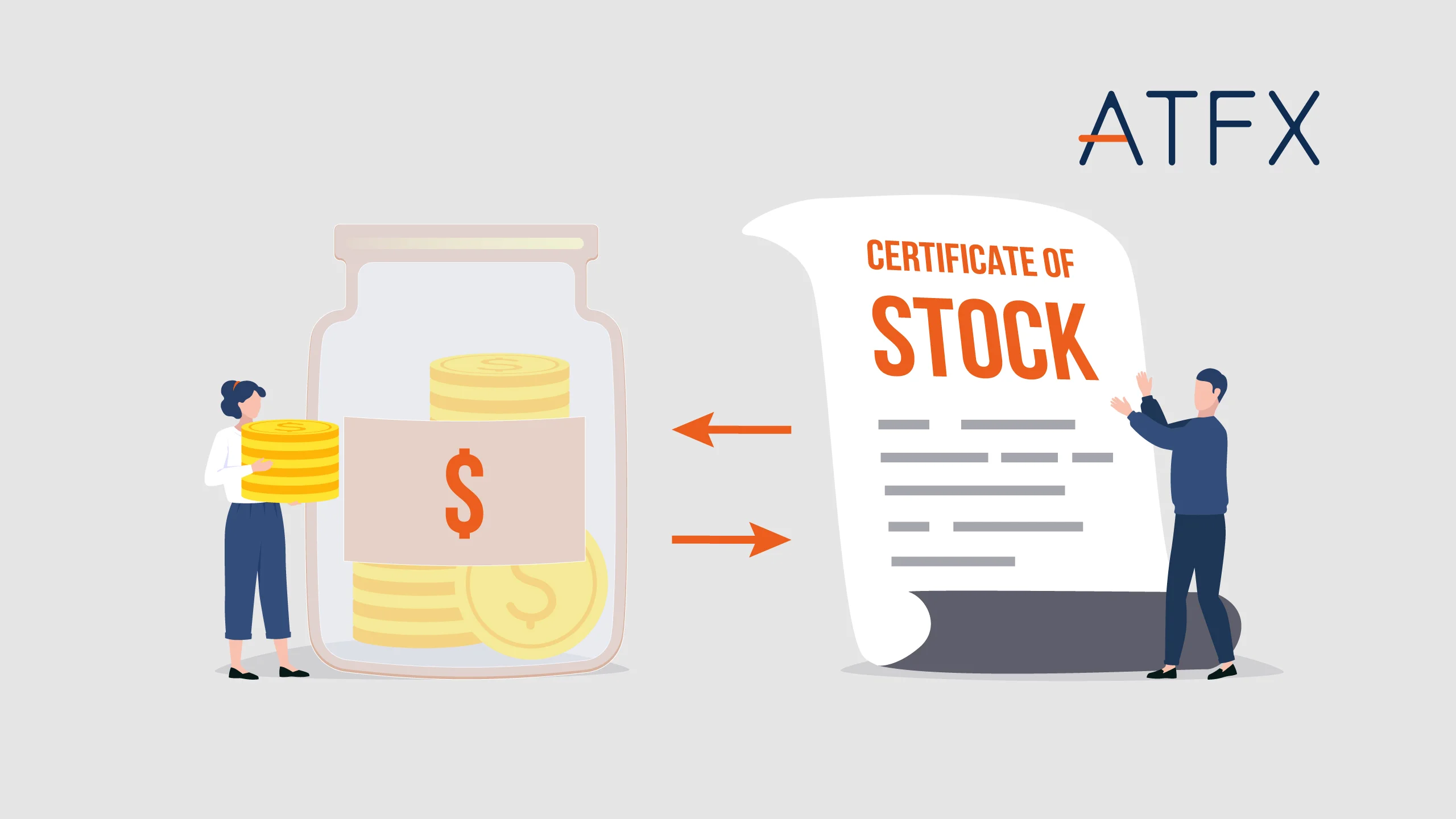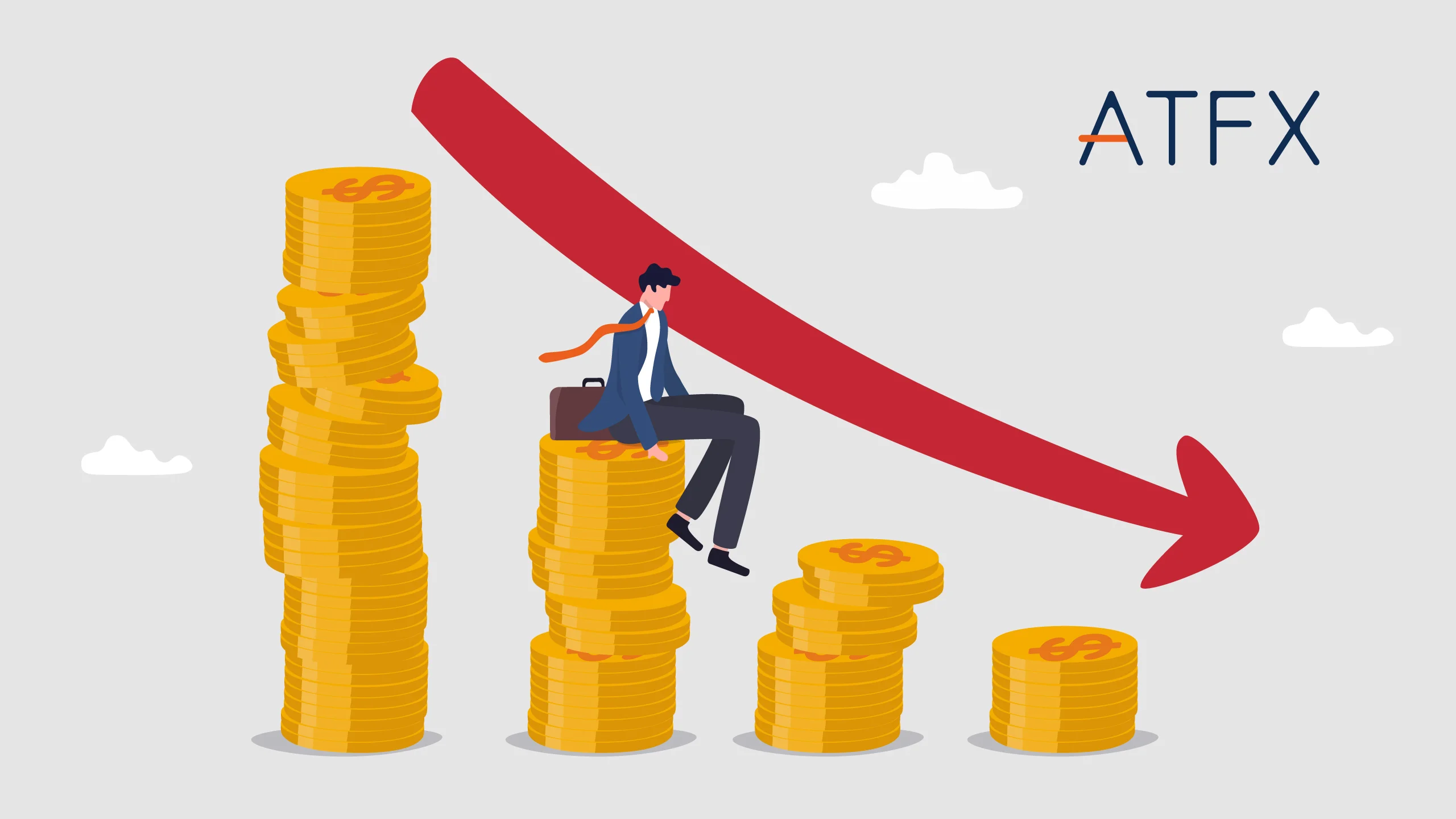Forex Trading Explained
Forex (FX) trading involves converting one currency to another. It’s a highly active market where individuals, companies, and banks conduct approximately $6.6 trillion in daily transactions.
Most currency conversion is for profit, not practical purposes, making daily price movements volatile. Be aware of this before trading. We offer major, minor, and exotic currency pairs for long or short positions.
Forex For Beginners: 5 Steps To Currency Trading
- Forex trading essentials for beginners
- How forex trading works
- Why trade forex?
- Learn currency markets
- Become a forex trader
What is a forex pair?
A currency pair consists of two currencies exchanged in the foreign exchange market. While numerous combinations exist, commonly traded pairs include the Euro and the US Dollar (EUR/USD), the US Dollar and the Japanese Yen (USD/JPY), and the British Pound and the US Dollar (GBP/USD).
What Are The Base And Quote Currencies?
In a currency pair, the base currency is consistently positioned on the left, while the quote currency is on the right. The base currency invariably holds a value of one, and the quote currency represents the current quoted price of the pair, indicating the quantity of the quote currency required to purchase one unit of the base currency. Consequently, currency trading inherently involves the simultaneous selling of one currency to acquire another.
What is a pip in forex?
A pip in forex is typically a one-digit movement in the fourth decimal place of a currency pair (e.g., GBP/USD from $1.35361 to $1.35371). For JPY crosses, a pip is a change at the second decimal place. A price movement at the fifth decimal place is called a pipette.
What is a lot in forex trading?
Forex currencies are traded in standardized lots, typically large due to small price movements. A standard lot is 100,000 units of the base currency.
How Does Forex Trading Work?
Foreign exchange (forex) trading operates similarly to other transactions involving the acquisition of an asset using a currency. In the context of forex, the market price indicates to a trader the quantity of one currency needed to procure another. For instance, the current market price of the GBP/USD currency pair illustrates the equivalent value in US dollars required to purchase one British pound.
Each currency is assigned a unique code, enabling traders to swiftly identify it as part of a currency pair. Codes for some of the most widely traded currencies are provided below.
- Buying/Selling Currency Pairs: Buying a pair means you expect the base currency to strengthen against the quote, increasing its price. Selling means you expect the base currency to weaken, decreasing its price. For instance, buying GBP/USD implies expecting the pound to strengthen against the dollar, while selling implies the opposite.
- Forex Spread: The spread is the difference between the buy and sell prices. Your trade becomes profitable when the market price moves beyond your entry price (above for a buy, below for a sell).
- Margin and Leverage in FX: Margin is the initial deposit required to open and maintain a leveraged position. For example, a EUR/USD trade might only need a 0.50% margin, meaning you deposit $500 instead of $100,000 for a position.
Why Do People Trade Forex?
Currency positioning: strengthening or weakening
Traders predict forex pair movements to profit from currency fluctuations. A rising price indicates the base currency is strengthening against the quote, requiring more quote currency to buy the base. Conversely, a falling price means the base is weakening, needing less quote currency. Traders go long when the base strengthens and short when it weakens. Popular forex trading styles include scalping, day trading, swing trading, and position trading, chosen based on short- or long-term outlooks.
Hedging with forex
Hedging reduces risk by opening positions that profit if others decline, offsetting losses. Currency correlations, like EUR/USD and GBP/USD’s positive correlation, effectively hedge forex. For example, shorting GBP/USD can hedge a long EUR/USD position against market declines.
Seize opportunity 24 hours a day
The 24-hour forex market operates due to a global network of banks and market makers, with main sessions in the US, Europe, and Asia. This continuous operation allows traders to seize opportunities around the clock. We uniquely offer weekend trading on select currency pairs, including GBP/USD, EUR/USD, and USD/JPY.
Learn How Currency Markets Work
What moves the forex market?
The global foreign exchange market comprises currencies worldwide, rendering exchange rate predictions challenging due to numerous contributing forces to price movements. Nevertheless, the following factors can all influence the forex market.
Central banks
Central banks exert control over a currency’s supply, and their policy announcements can significantly influence its price. For instance, quantitative easing, which entails injecting additional money into an economy, can lead to a depreciation in a currency’s value due to an increased supply.
News reports
Commercial banks and other investors are typically inclined to allocate capital to economies demonstrating robust prospects. Consequently, positive market news concerning a specific region tends to stimulate investment and elevate demand for that region’s currency. Conversely, adverse news would likely result in a decline in demand. This dynamic explains why currencies often mirror the reported economic well-being of their respective regions.
Market sentiment
Market sentiment, frequently influenced by current events, can significantly impact currency valuations. When traders anticipate a particular movement in a currency, their corresponding actions can sway others, thereby affecting demand.
How To Become A Forex Trader
Learn the ways to trade forex
Ways to trade forex include spot forex, futures, and currency options. With us, you’ll use a CFD account to predict price movements of spot forex, futures, and options.
- Spot forex: Trade currency pairs at current market price, no fixed expiries.
- Forex futures: Trade currency pairs at a specified price, settled on a future date.
- Forex options: Contracts giving the right, but not obligation, to buy or sell a currency pair at a set price if it moves beyond that price within a set timeframe.
FX CFDs, financial derivatives, allow trading of spot, futures, and options by predicting price movements without owning the underlying asset.
What is a forex broker?
A foreign exchange (forex) broker facilitates access to trading platforms, enabling the purchase and sale of currencies. For instance, engaging in forex trading through our services grants access to our acclaimed platform or MT4, each offering distinct advantages.
Forex brokers typically impose fees, commonly in the form of a spread. This spread represents the differential between the buy (offer) and sell (bid) prices, which encompass the underlying market price. Trade costs are integrated into these two prices, resulting in a slight premium for purchases above the market price and a slight discount for sales below it.
Historically, a forex broker would execute currency transactions on behalf of their clients or retail traders. However, with the proliferation of online trading, individuals can directly engage in currency transactions using financial derivatives such as Contracts for Difference (CFDs), provided they have access to a trading platform. This is due to all forex trades being conducted over-the-counter (OTC) rather than on an exchange, unlike stocks.
Forex Trading: Risks and Rewards
Forex is the world’s most-traded financial market, offering constant trading opportunities due to continuous price movements. Volatility varies, with low-liquidity “minor” pairs often being more volatile. USD-inclusive pairs are typically more liquid due to the USD’s status as the world’s reserve currency. Slippage can occur due to market volatility; stops and limits can help mitigate this. With awareness and appropriate risk mitigation, forex can be a source of new opportunities.


